In the tribal heartland of Palghar, Maharashtra, nestled within the Group Gram Panchayat of Bhopoli-Ghaneghar in Vikramgad block, a quiet yet urgent crisis was unfolding. Child marriage, particularly of girls, was an accepted norm in many households—deeply entrenched in tradition, poverty, and gendered expectations. Girls frequently dropped out of school by the time they reached adolescence, pushed into early marriages that robbed them of education, agency, and aspirations.
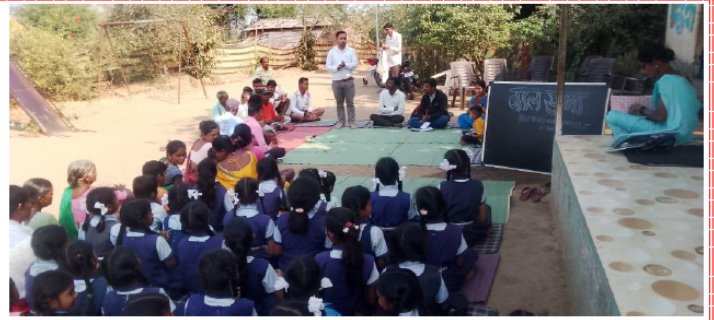
It was during routine school visits and discussions with the local Sarpanch and Headmaster of the Government Ashram School in Bhopoli that Ram Hatkar, a Gandhi Fellow (GF-16), came face-to-face with the magnitude of this issue. The school had witnessed a worrying pattern: a steady decline in attendance and a disproportionately high dropout rate among girls. Conversations revealed that parents rarely considered higher education for their daughters. Instead, early marriage was seen as a culturally sanctioned milestone and, in some cases, even a safeguard. Adding to this were silent indicators of an even graver issue—instances of female foeticide still found whispers in the village corners.
Together with his Program Leader, Vandana Maurya, Ram realized that addressing this would require more than just information—it would need immersion, imagination, and most importantly, community trust. This understanding gave birth to the ‘Girls Rise’ Campaign, a grassroots initiative built around a deceptively simple idea: when girls are allowed to rise, so does the entire community.
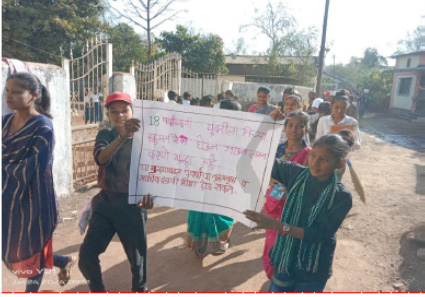
The campaign was designed not as a one-off event but as a layered intervention that brought together students, teachers, parents, and local leaders into a shared conversation. The effort began in the school premises but soon found its way into the streets and minds of the village. Thematic street plays were developed and performed by students from Classes 7 to 9—young voices embodying powerful stories that exposed the risks of child marriage, the value of education, and the harm caused by gender-based discrimination. The plays were raw, moving, and unmistakably local—using the dialect, idioms, and emotional cues that resonated with their community.
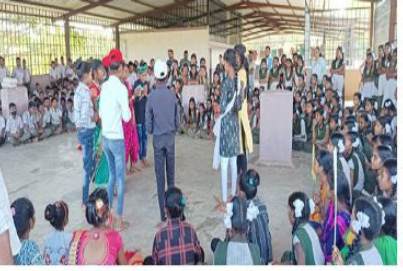
Simultaneously, educational rallies mobilized over 700 students and 50 parents, carrying hand-drawn placards with messages like “Beti Bachao, Beti Padhao” and “Shiksha se hi sammaan”. The sight of young girls walking side by side with teachers and community members, raising slogans for their own future, created a shift in the public psyche. It wasn’t just awareness—it was a collective stirring.
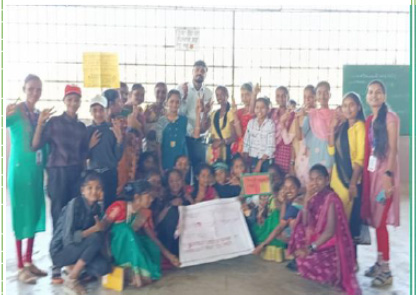
Workshops followed—interactive and participatory sessions that explained the legal frameworks like the Prohibition of Child Marriage Act (2006) and the laws against female foeticide. These sessions were as much about demystifying the law as they were about sparking self-reflection. For many villagers, this was the first time they had a forum to talk openly about the consequences of early marriage—not just for the girl but for the family and community at large.
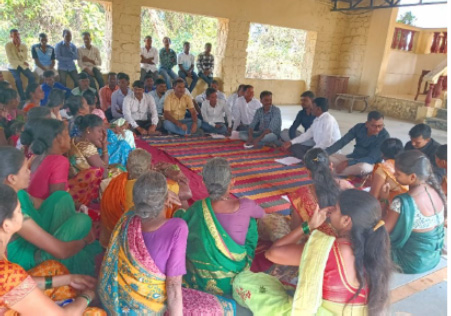
Over the course of six months, the campaign didn’t just sustain—it gathered momentum. Community members began to speak up. Parents pledged to keep their daughters in school. The Sarpanch and local leaders, once observers, became champions of the cause. And then, on August 12, 2024, came a watershed moment. The Group Gram Panchayat of Bhopoli-Ghaneghar passed a formal resolution against child marriage—a landmark shift that turned community dialogue into community mandate.
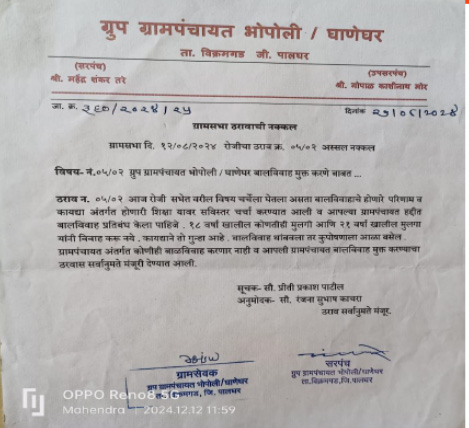
The resolution wasn’t just symbolic; it was backed by a visible change in attitudes. Teachers reported that girls were expressing interest in higher studies. Fathers, once hesitant, began discussing college admissions. The idea of financial independence for daughters found acceptance in kitchen conversations and evening chaupals. A community that once silently watched early marriages unfold was now collectively working to prevent them.
What made this intervention particularly powerful was its systems approach. It activated the community system through participatory tools like street theatre and public dialogue. It strengthened the information system by embedding legal literacy and building awareness of rights. And it consciously worked on inclusion systems, centering the most marginalized—tribal girls—and amplifying their voices in decision-making spaces. Rather than impose change, it catalyzed self-realization—nudging the community to see the value in its daughters.
The 'Girls Rise' campaign aligns closely with national priorities such as the Beti Bachao Beti Padhao initiative and global goals like SDG 5 – Gender Equality and SDG 4 – Quality Education. But beyond the policies and programs, it stands as a powerful reminder of what can happen when local action meets moral imagination.
This is not just a story of a campaign. It is the story of a village that chose to rewrite its future—one girl at a time.
TAGS
SHARE





